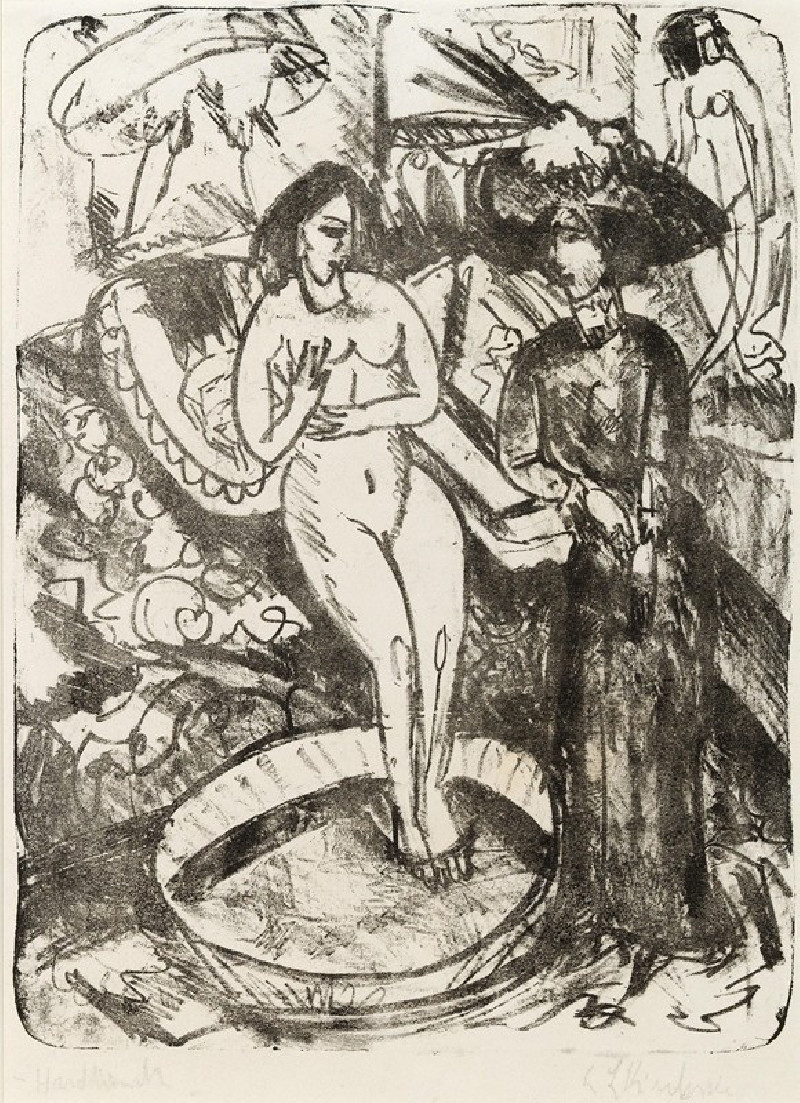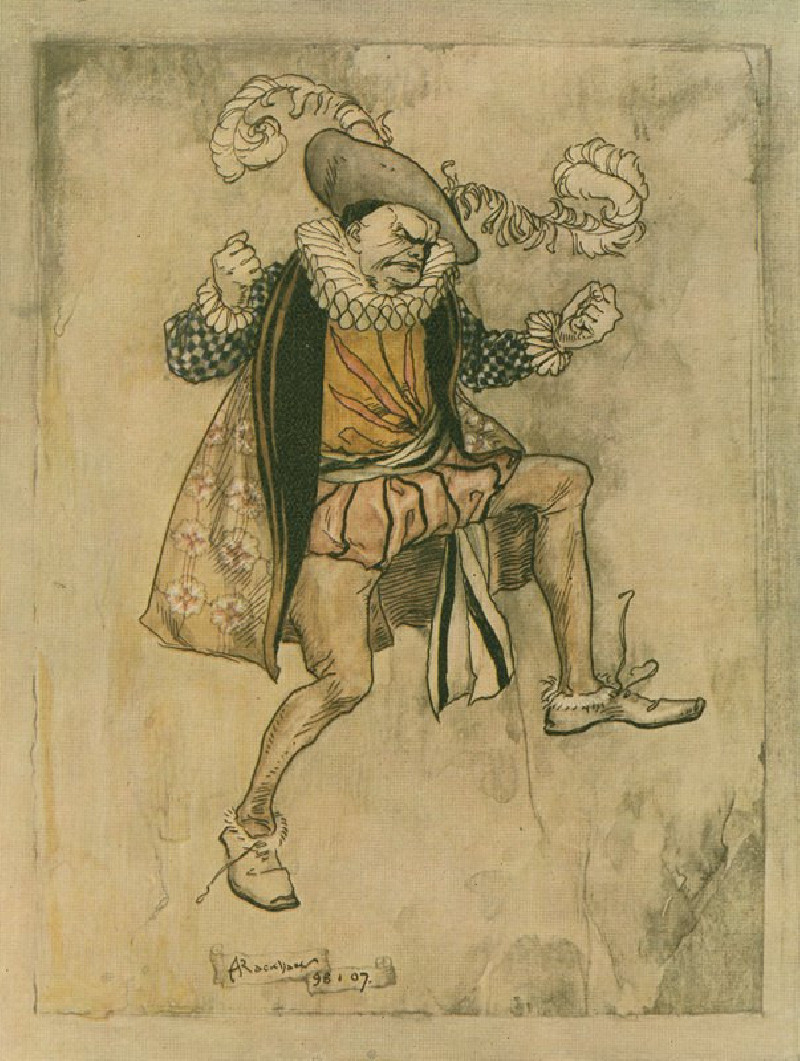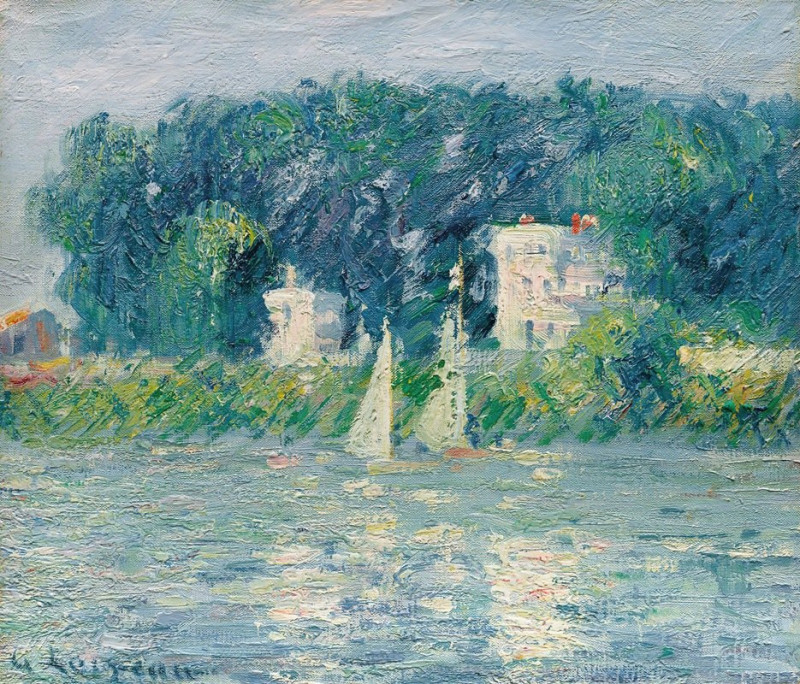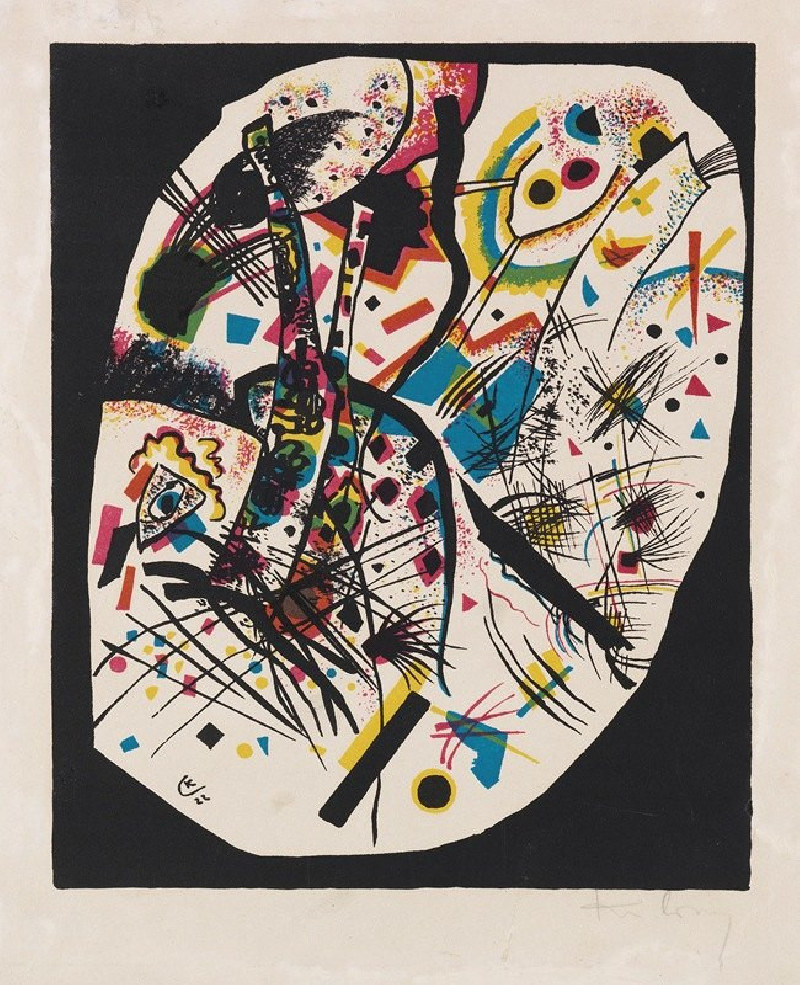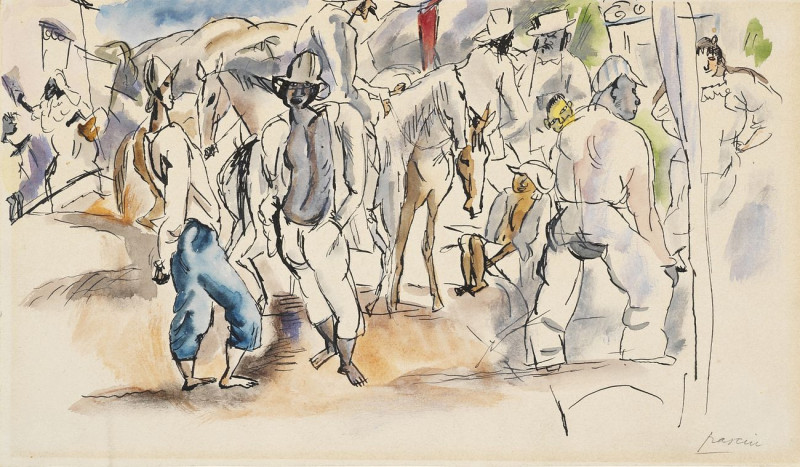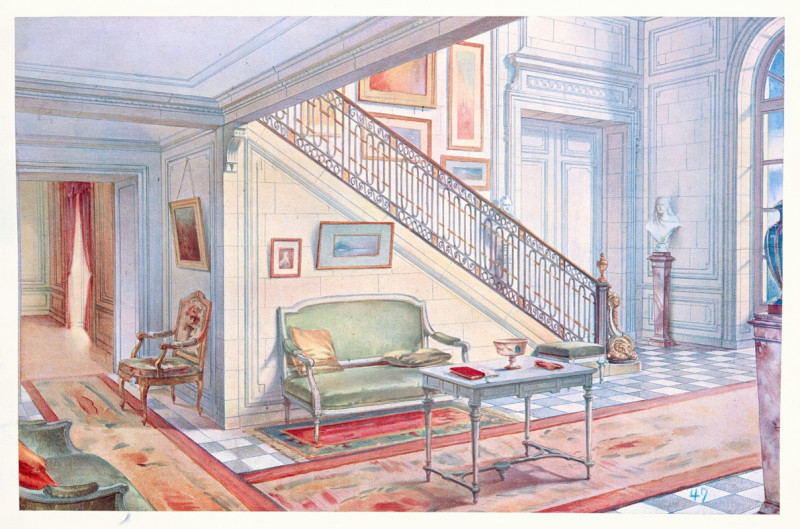The Pokergame
Technique: Giclée quality print
Recommended by our customers
More about this artwork
Félix Vallotton, a notable figure in the Nabis movement, often portrayed scenes that delve into the psychological underpinnings of human interaction. In "The Pokergame," crafted in 1920, Vallotton captures a compelling moment steeped in tension and strategy.This striking painting features a group of five men, engrossed in a game of poker. The players are illuminated by the soft glow of a candelabra, which casts dramatic lights and shadows across their faces and the table, enhancing the overall mood of intrigue and contemplation. The use of stark black and white tones in the painting intensifies the sense of a clandestine gathering, with the deep shadows suggesting hidden motives and obscured truths.The expressions and posture of the figures are meticulously rendered, offering a glimpse into their personalities and perhaps their tactics in the game. The contrast between the black and white not only highlights the physical aspects of the scene but also symbolizes the clear, yet unseen, demarcations of winners and losers in such games."The Pokergame" by Félix Vallotton is not merely a depiction of a social pastime but a profound commentary on human psychology, competitive spirit, and the layered dynamics of social interactions.
Delivery
Returns
Félix Édouard Vallotton (December 28, 1865 – December 29, 1925) was a Swiss and French painter and printmaker associated with the group of artists known as Les Nabis. He was an important figure in the development of the modern woodcut. He painted portraits, landscapes, nudes, still lifes, and other subjects in an unemotional, realistic style.

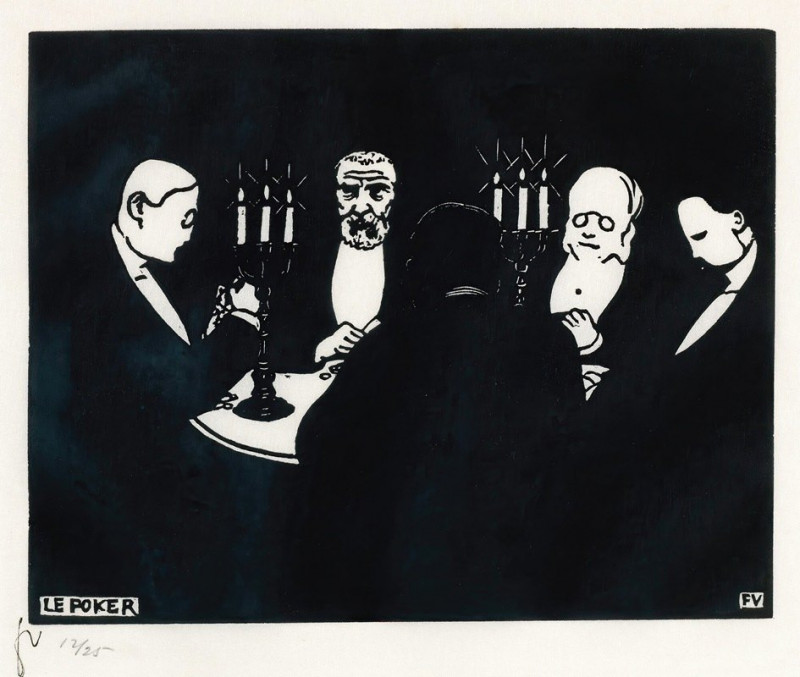
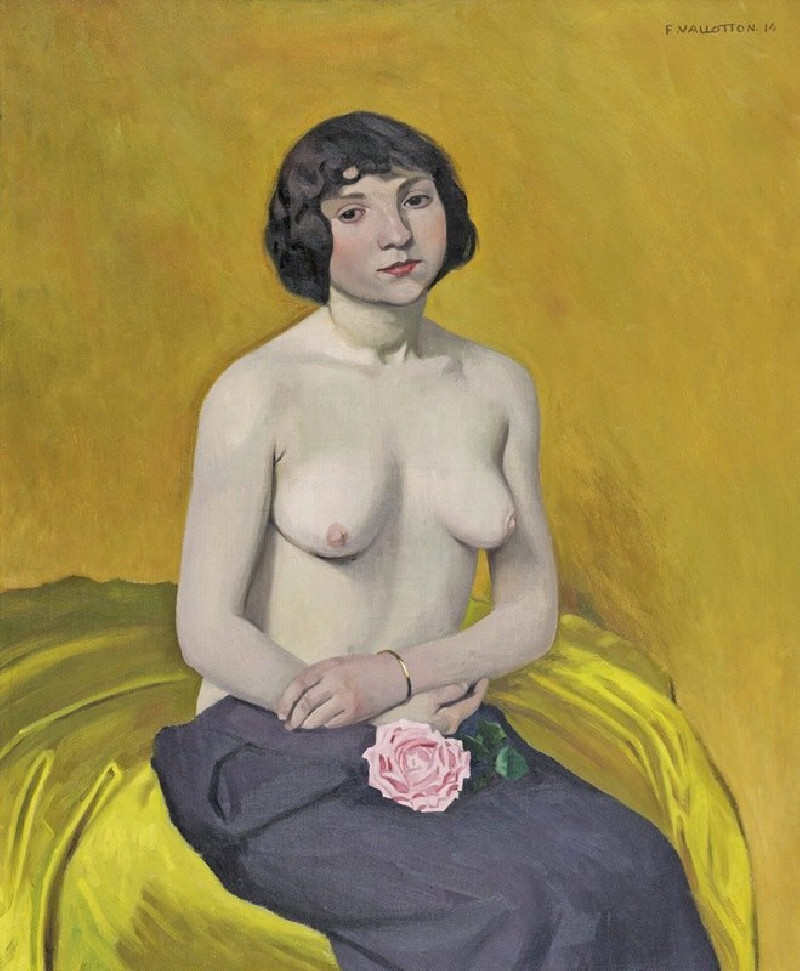

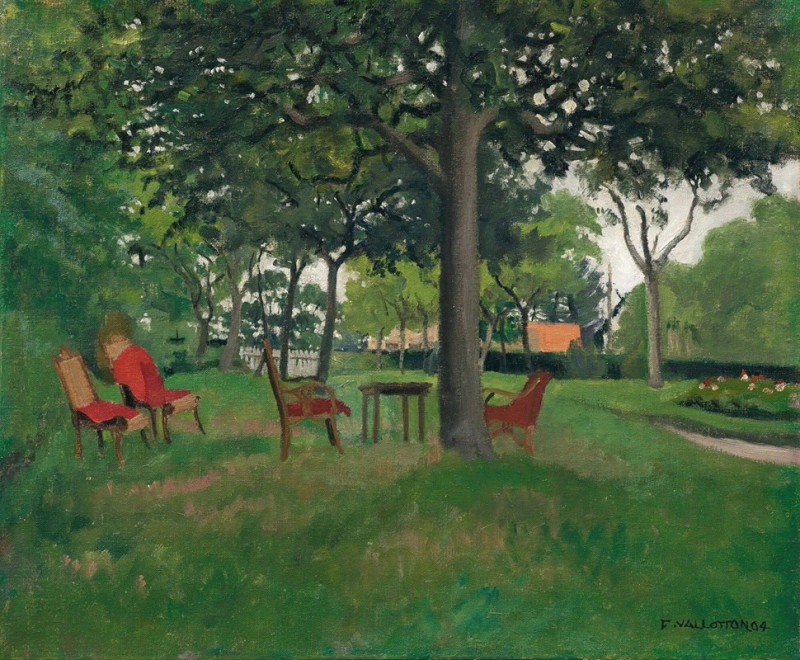
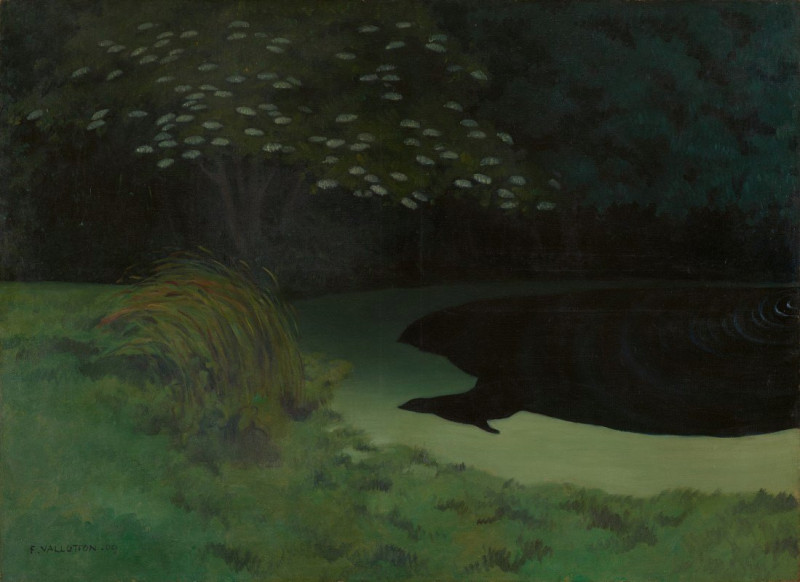
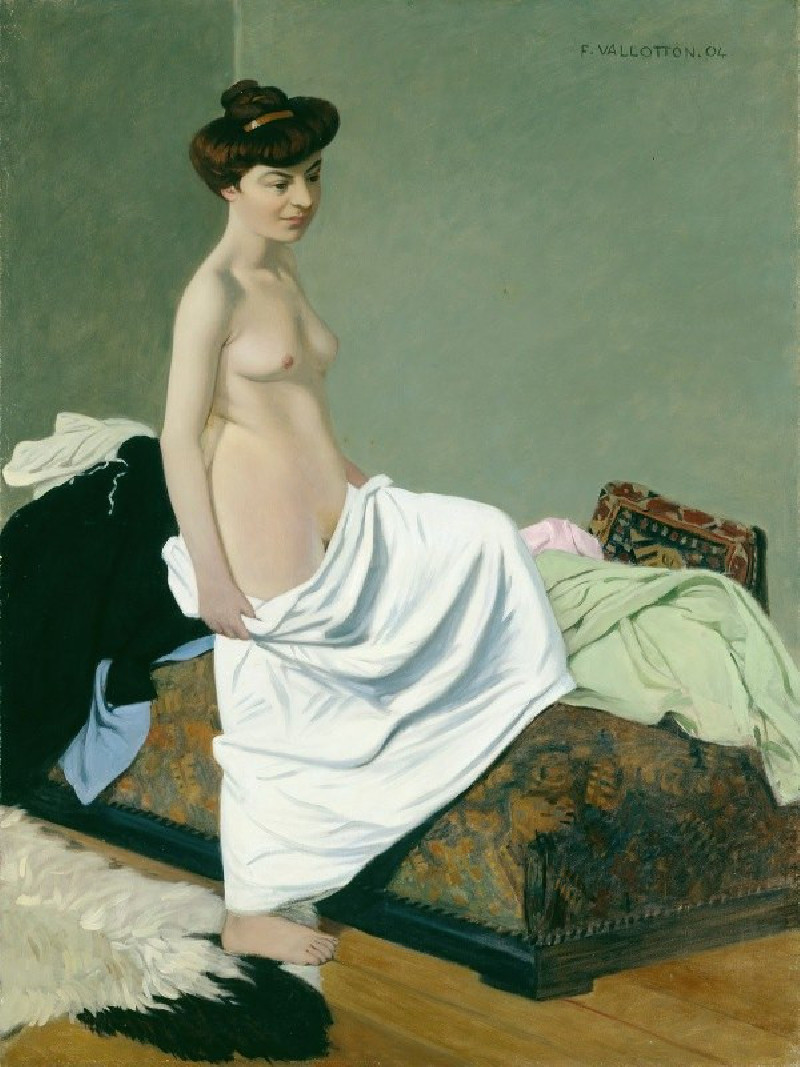
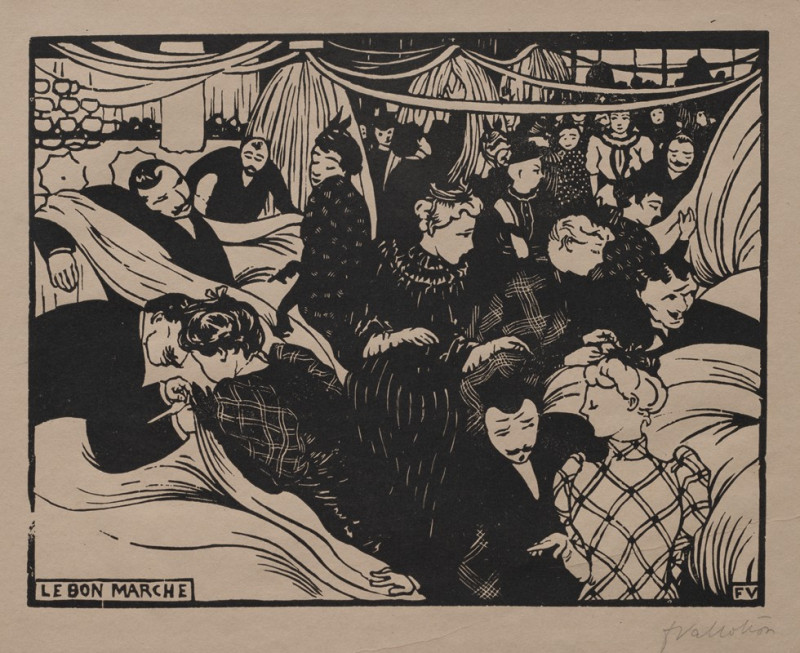
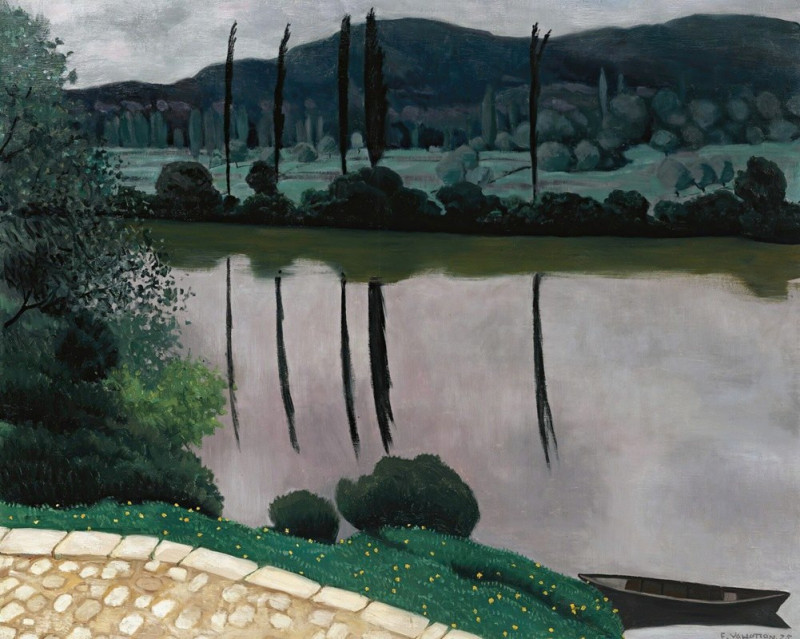
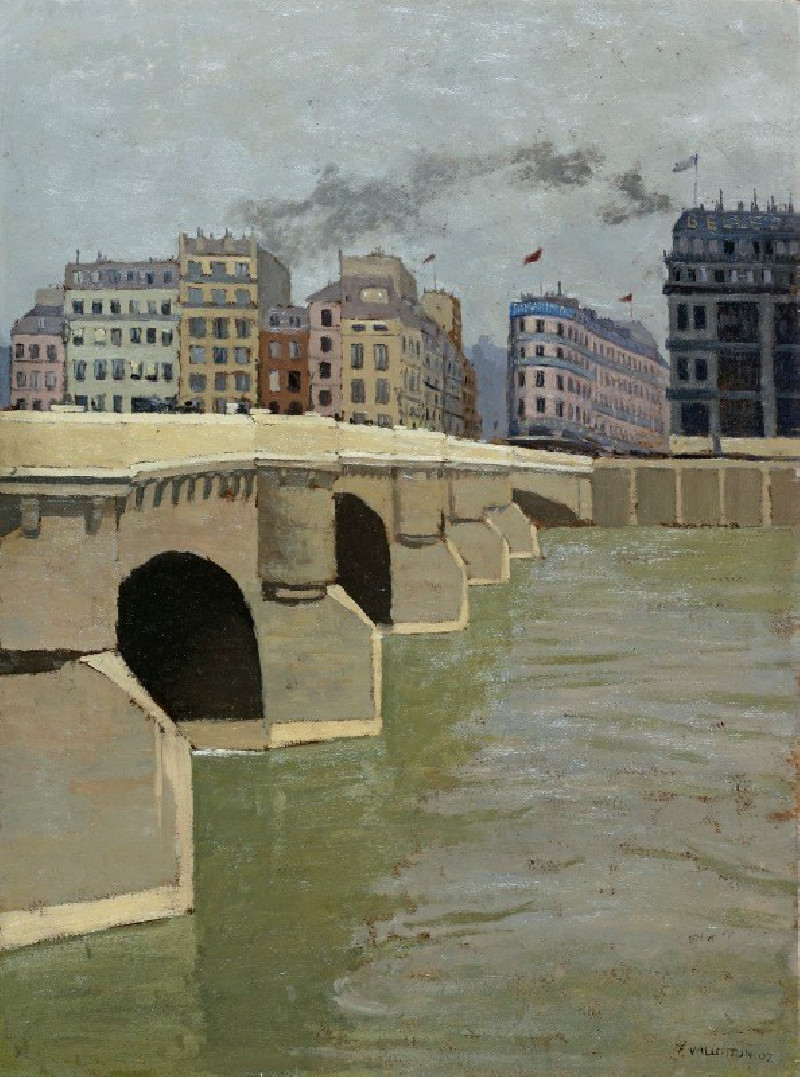
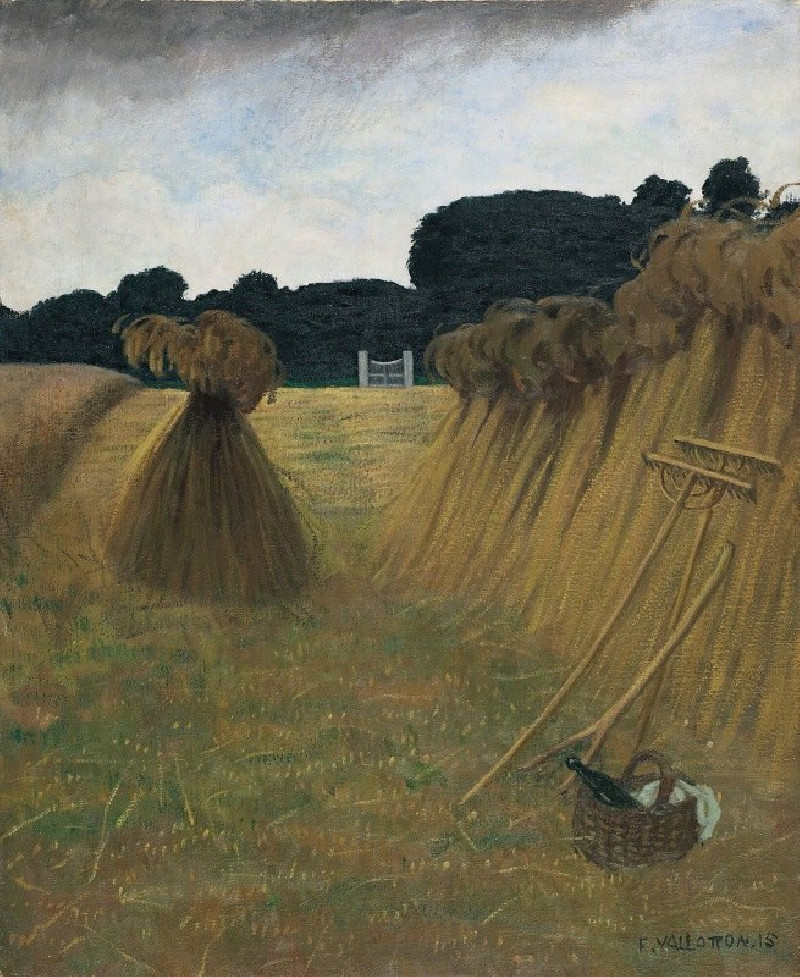
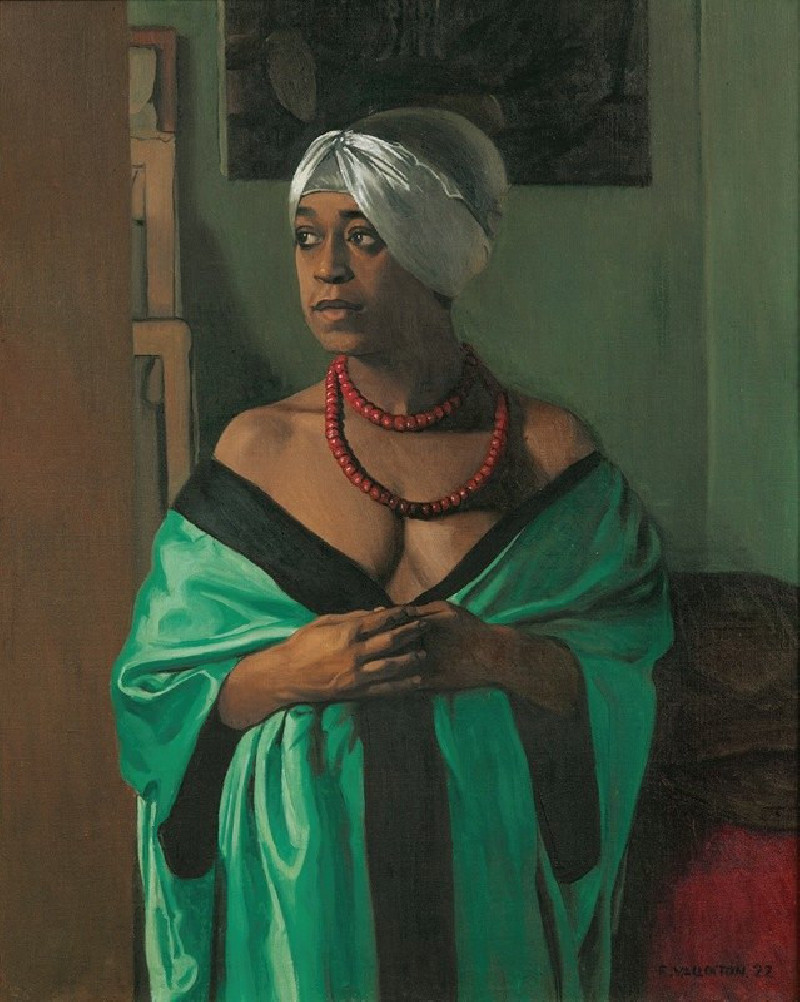
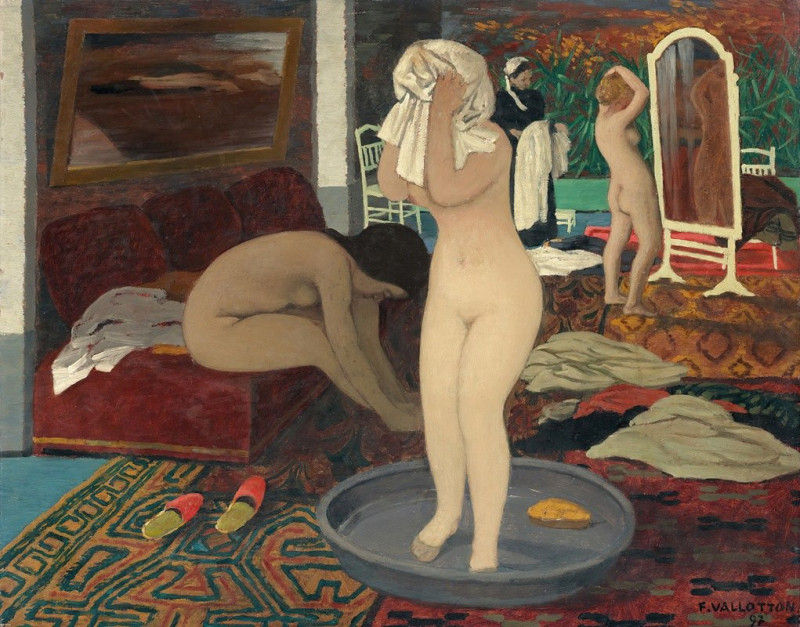

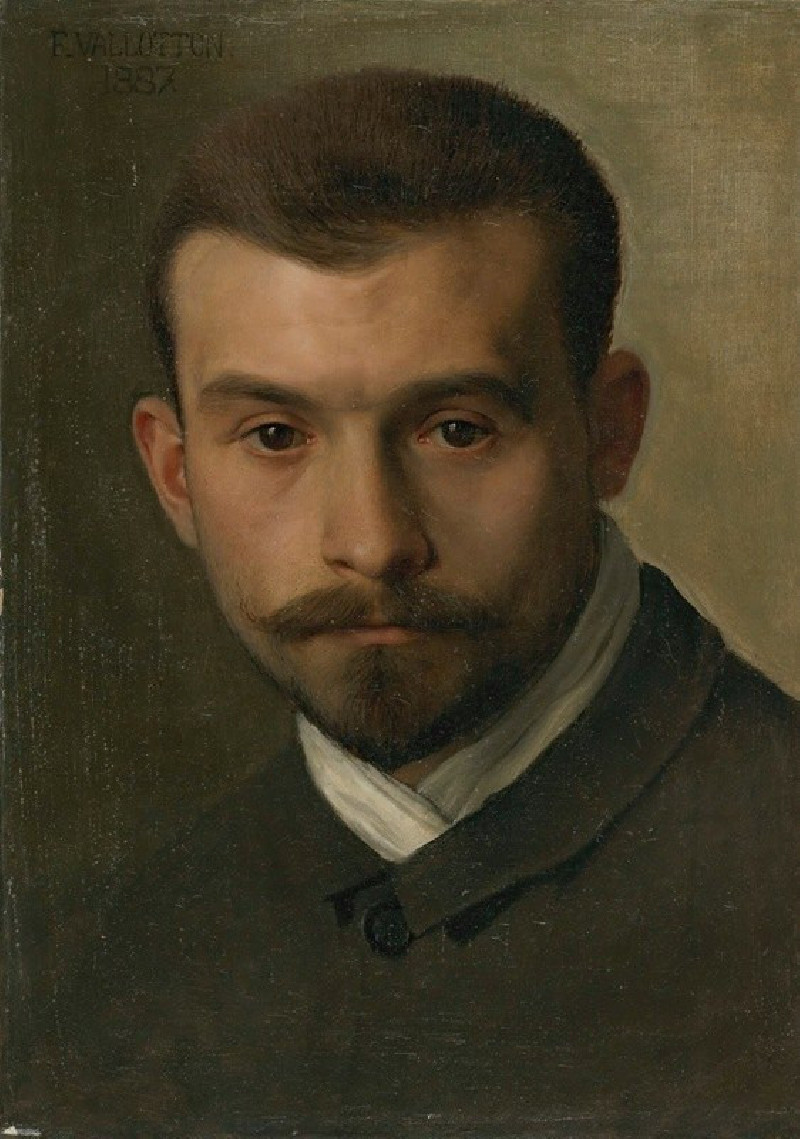

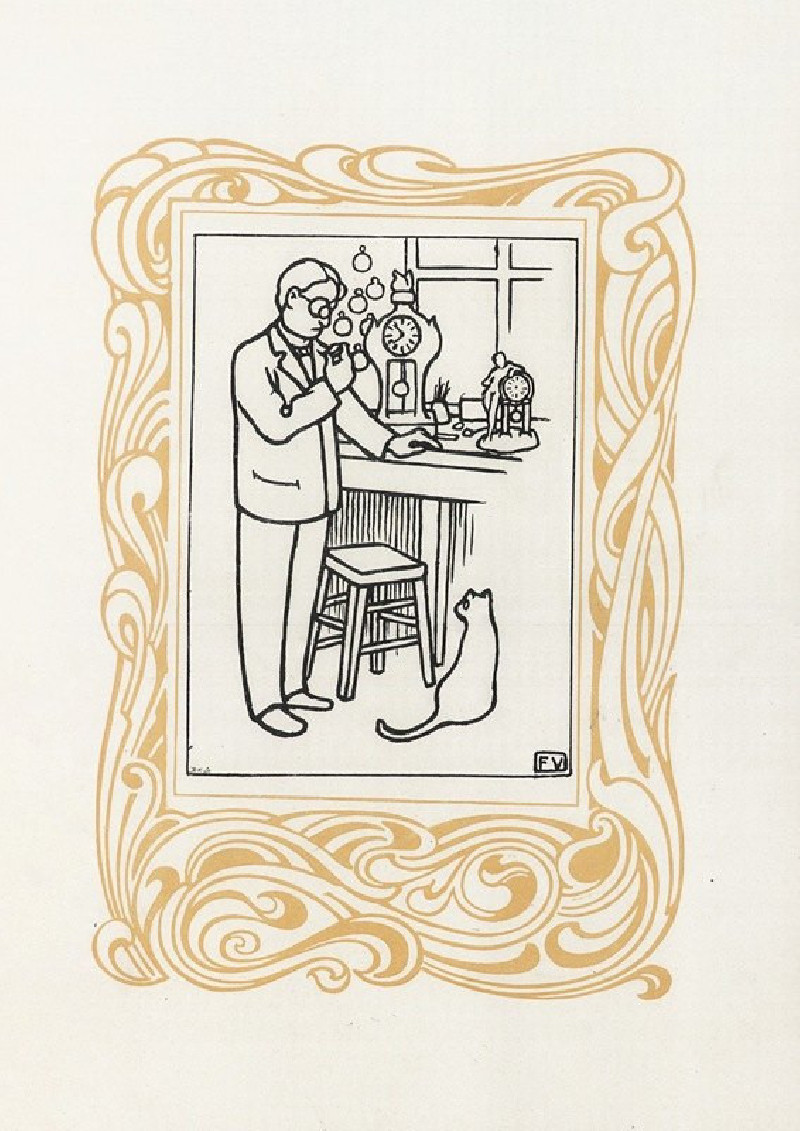
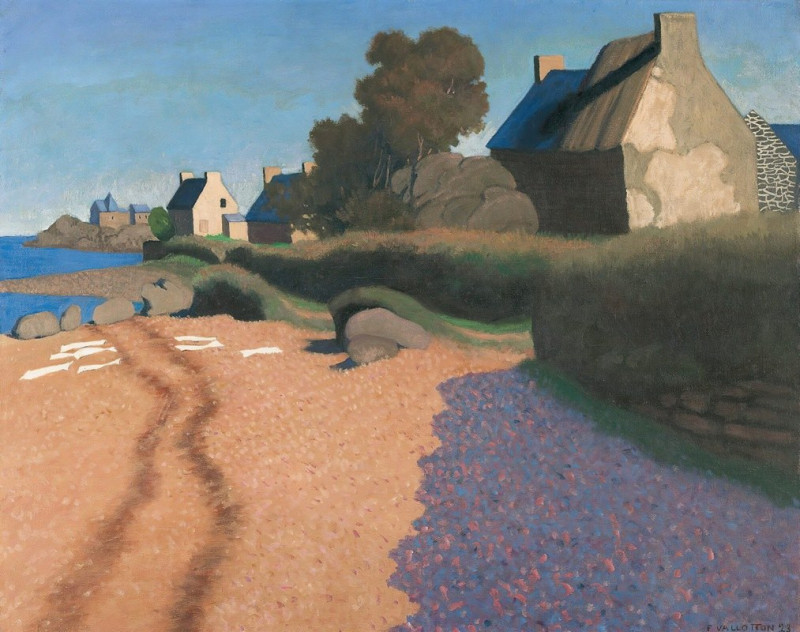


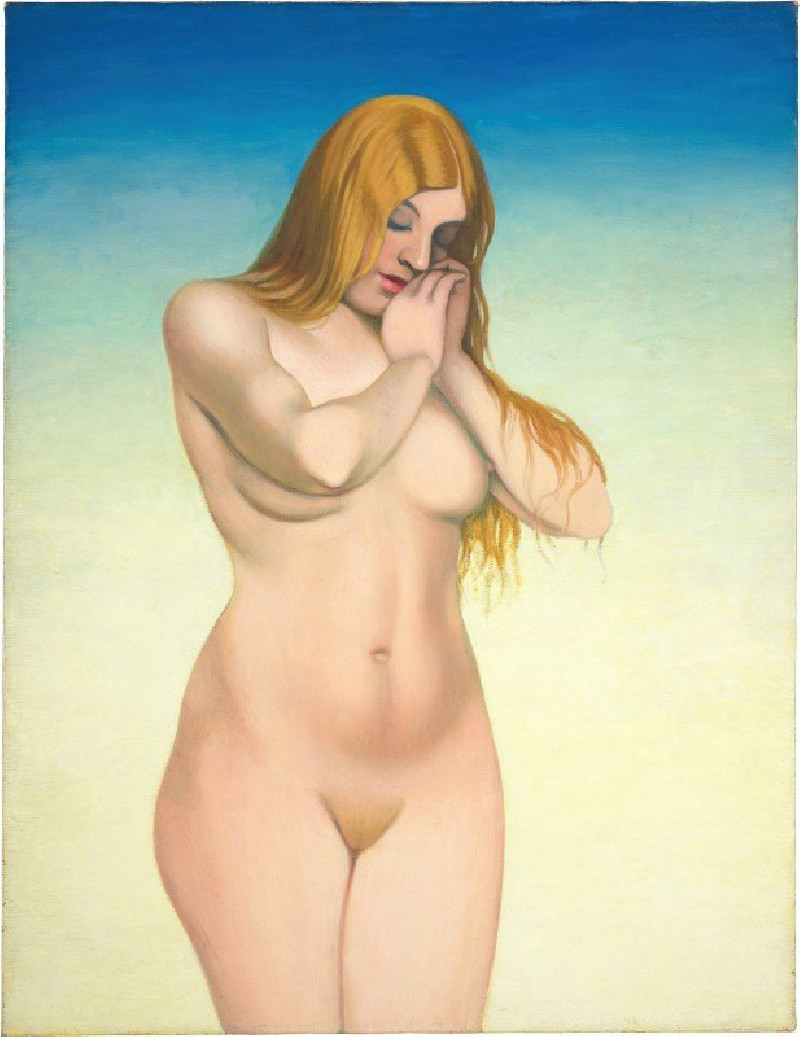
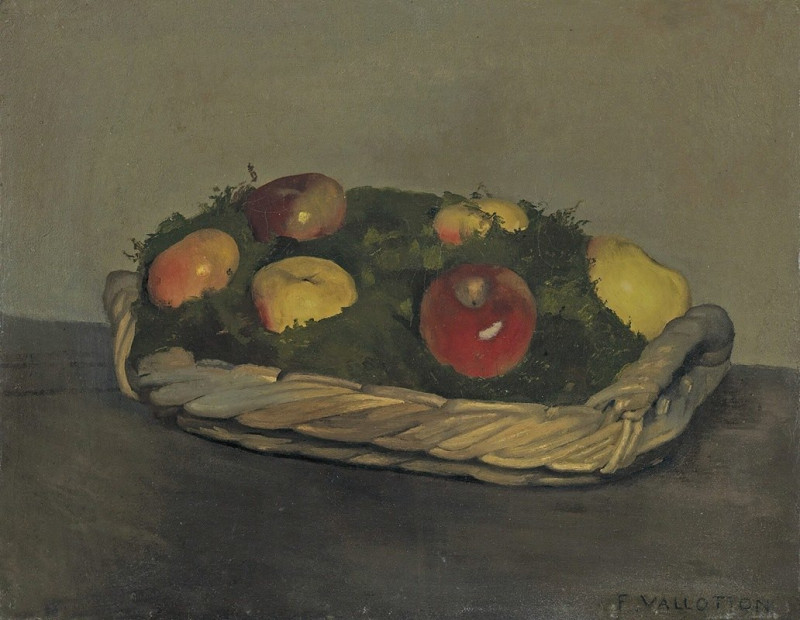
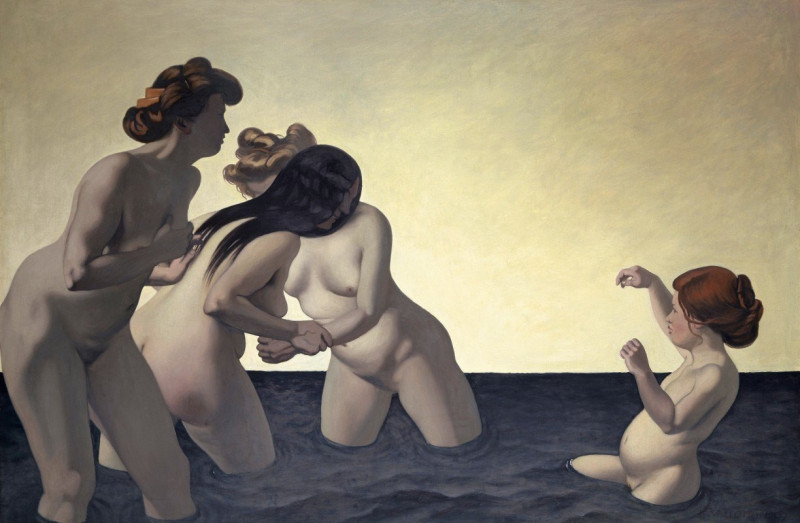
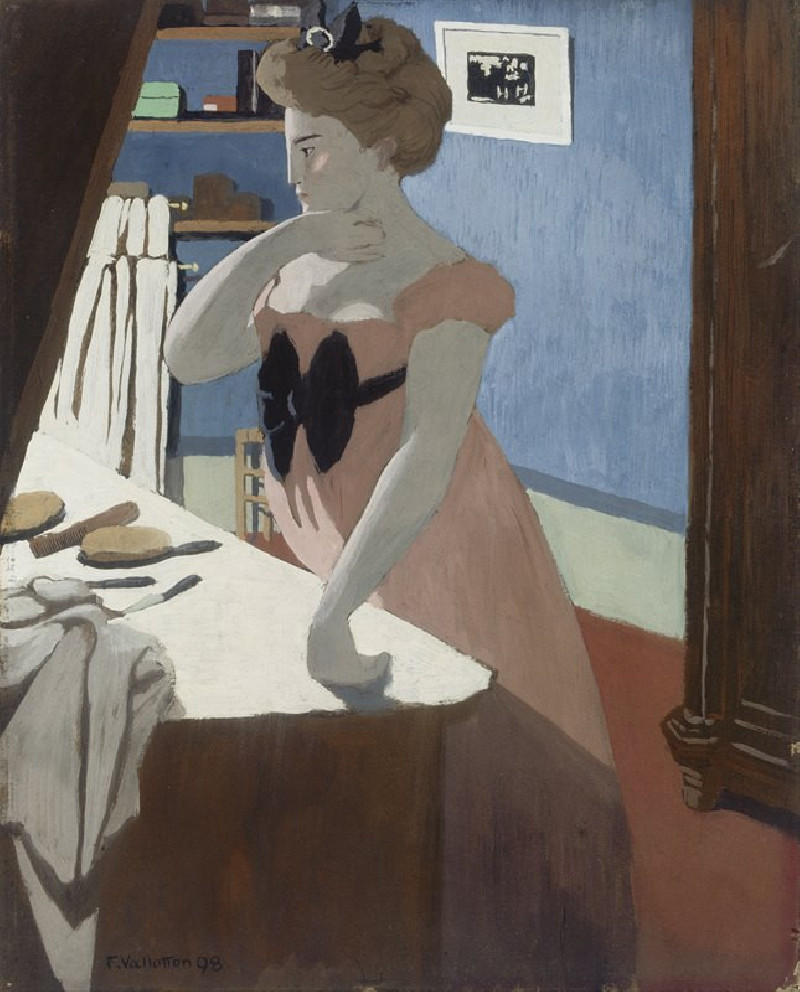


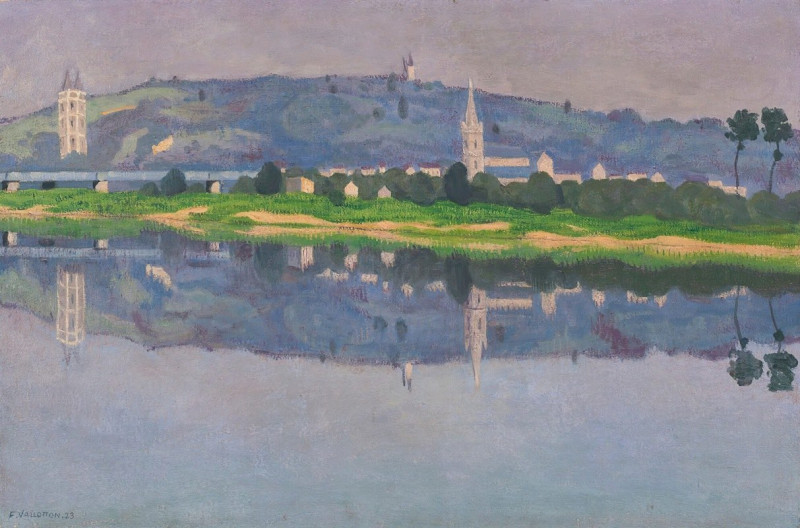

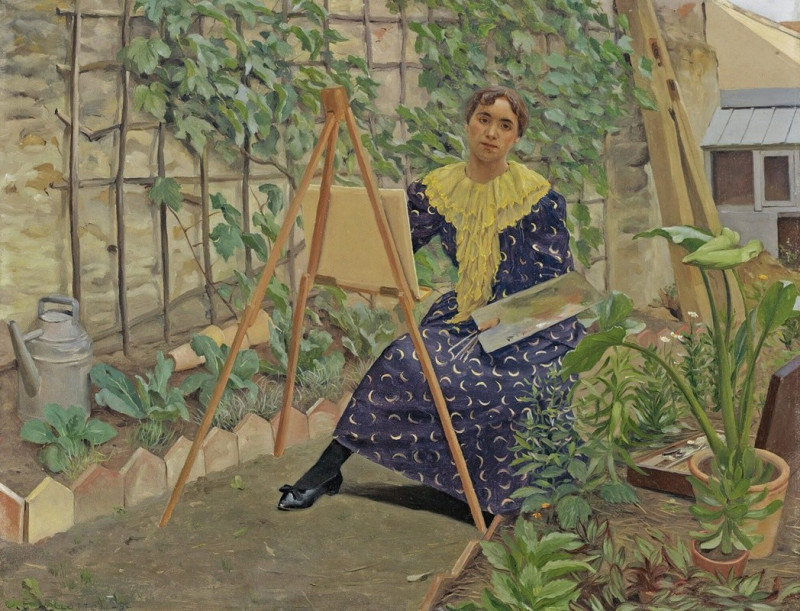


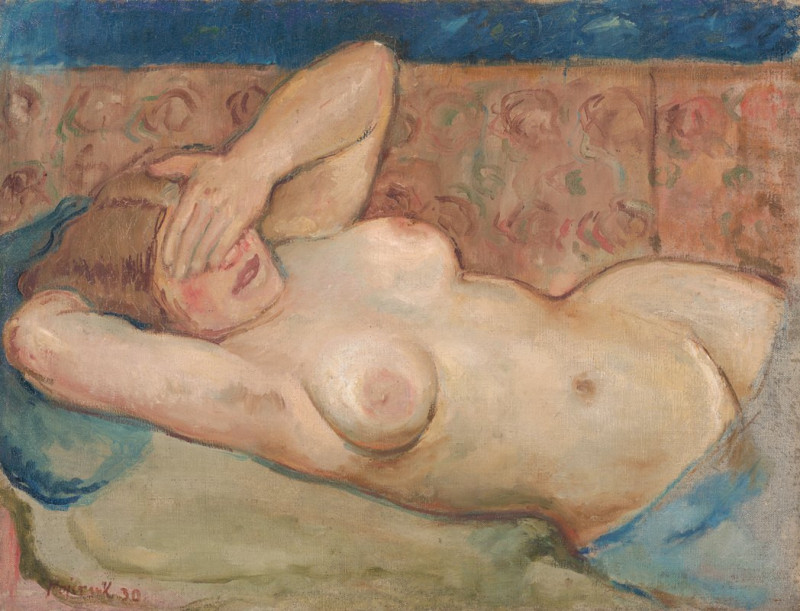
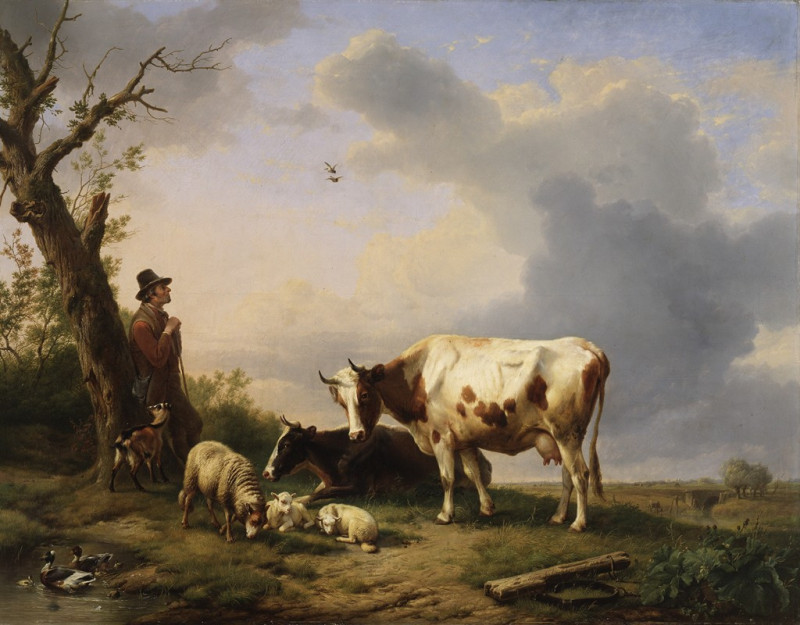
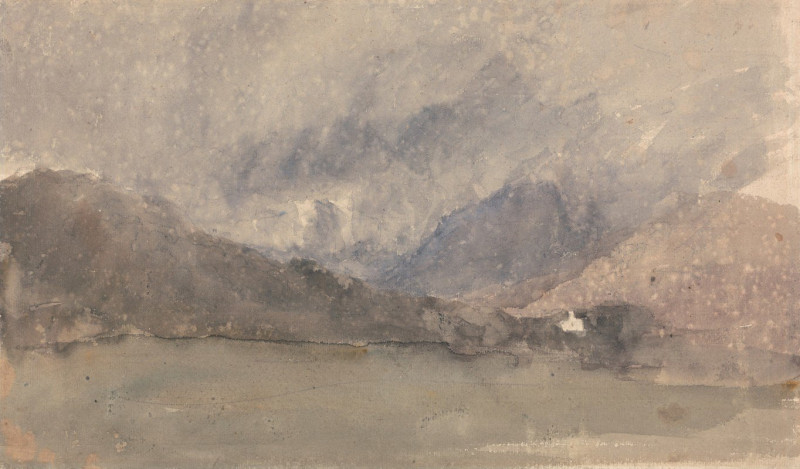
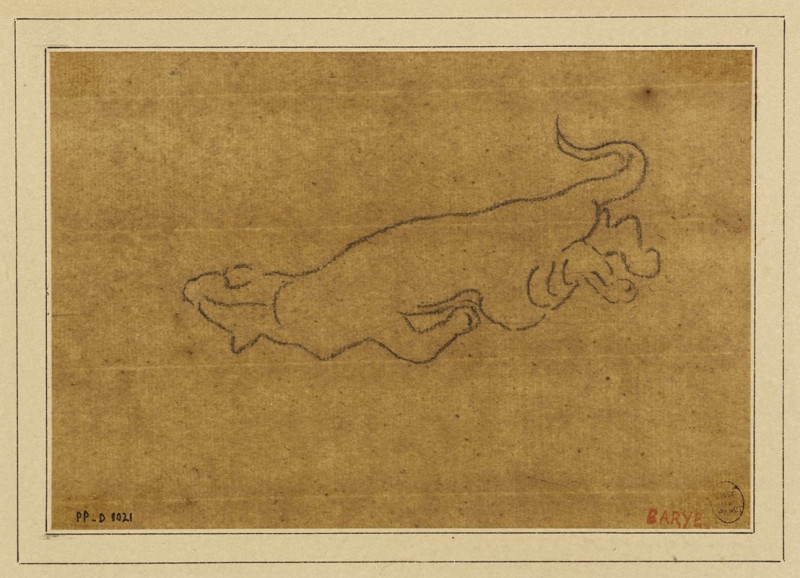
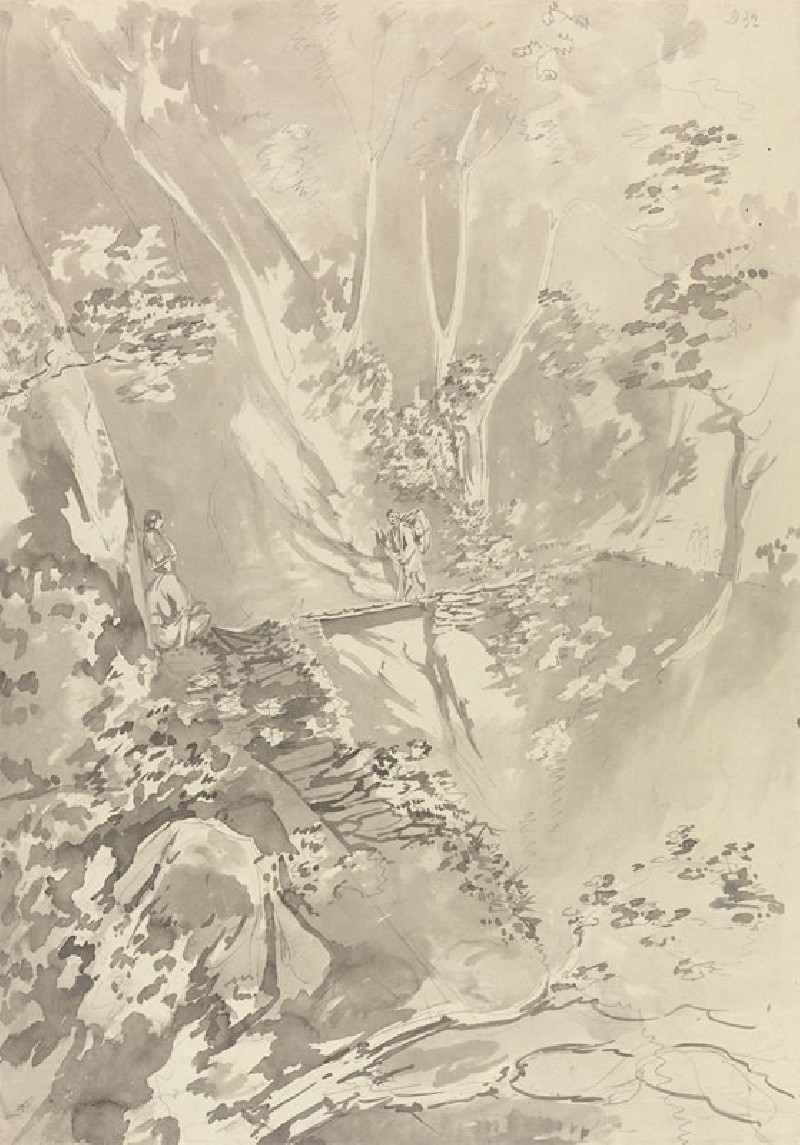
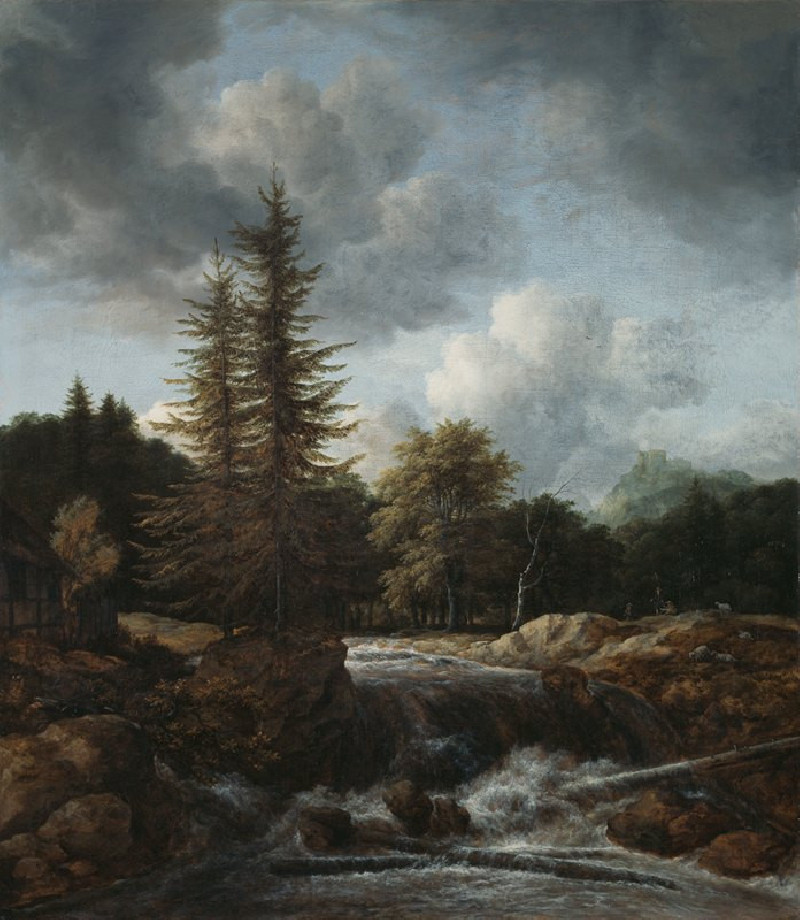

![Ruins of the Temple of Kardeseh [Qirtâsî], Nubia. (1846-1849) reproduction of painting by David Roberts. ALL GICLEE PRINTS](https://reprodukcijos.lt/39187-large_default/reproduction-of-ruins-of-the-temple-of-kardeseh-qirtasi-nubia-1846-1849.jpg)
